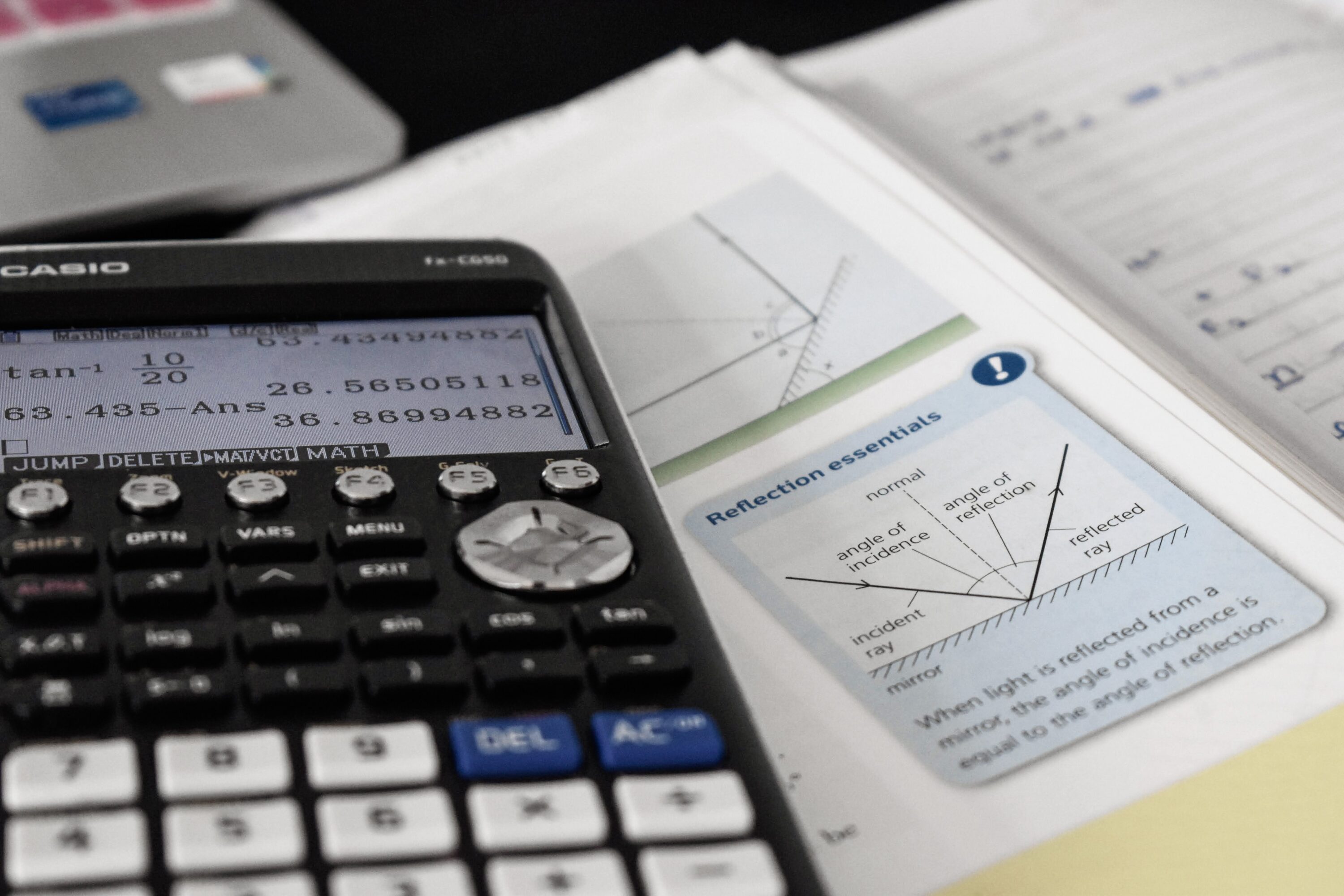Although California students performed better than most other states in the nation from 2019-22 in math and English — with the Los Angeles Unified School District showing significant gains in eighth-grade reading — the effects of the COVID-19 pandemic continue to impact student achievement overall and across all student groups, according to data released Monday by the state Department of Education.
To prevent the spread of the virus before development and widespread distribution of vaccines, most students learned from home for most of 2020-21 and returned to campuses in the spring either full-time or with hybrid — in-class and remote — instruction.
The lack of in-class instruction is being blamed for significant drops in performance compared to the year before the pandemic. CDE data show that two out of three students in the state did not meet math standards, and more than half did not meet English standards on testing completed in the spring.
However, a comparison with results from previous English and mathematics assessments suggests that recovery may already be underway, according to the department. LAUSD was the only testing participant to show significant gains in eighth grade reading, the CDE reported.
“Los Angeles Unified is proactively addressing the decline in achievement performance, particularly in English language arts and mathematics, at all grade levels,” LAUSD said in a statement Monday.
“We are working collaboratively to accelerate and realize the learning potential of every student, bolstering important support systems including instructional, mental health, and community supports to meet the needs of our students and realize our goals outlined in our 2022-2026 Strategic Plan.”
But a majority of Black, Latino and low-income students did not meet state standards for math this year, reporting showed.
Since 2021, California has invested $4.4 billion one-time and $4 billion ongoing in state funds in expanding learning opportunities beyond traditional school hours and $7.9 billion in the Learning Recovery Block Grant to fund such programs as “high-dose” tutoring.
“Now is not the time to take our foot off the accelerator when it comes to doing everything we can to help all our students progress toward mastery of our learning standards and thrive in every way in school,” California State Board of Education President Linda Darling-Hammond said in a statement.
“California’s investments in important initiatives such as high-dose tutoring, professional development for teachers, and expanded learning time, and in such areas as mental health and wellness, are critical to lifting up academic performance across the board while supporting students’ well-being,” she said.
In his response to the new data, Gov. Gavin Newsom said the results demonstrate the importance of California’s $23.8 billion to support students during the pandemic and as they returned to the classroom, and continued educational efforts.
“California focused on keeping kids safe during the pandemic while making record investments to mitigate learning loss and transforming our education system,” Newsom said in a statement.
“While California’s students experienced less learning loss than those in most other states during the pandemic, these results are not a celebration but a call to action — students are struggling academically and we need to keep getting them the resources they need to thrive,” he said. “That’s why we’ve made record investments in education, created a new pre-K grade, implemented universal free meals, expanded before and after school programs, bolstered mental health, and more.”
Data from 2021-22 spring testing should be considered “baseline data” for measuring student progress going forward due to the challenges presented by the pandemic, according to the CDE.
In the 2019-20 school year — a year in which schools quickly pivoted to remote learning after the discovery of COVID-19 in California — the U.S. Department of Education waived all testing requirements.
To further prevent the spread of the coronavirus before the development and widespread distribution of vaccines, most students learned from home for most of 2020-21 and returned to campuses in the spring either full-time or with in-class and remote instruction.







